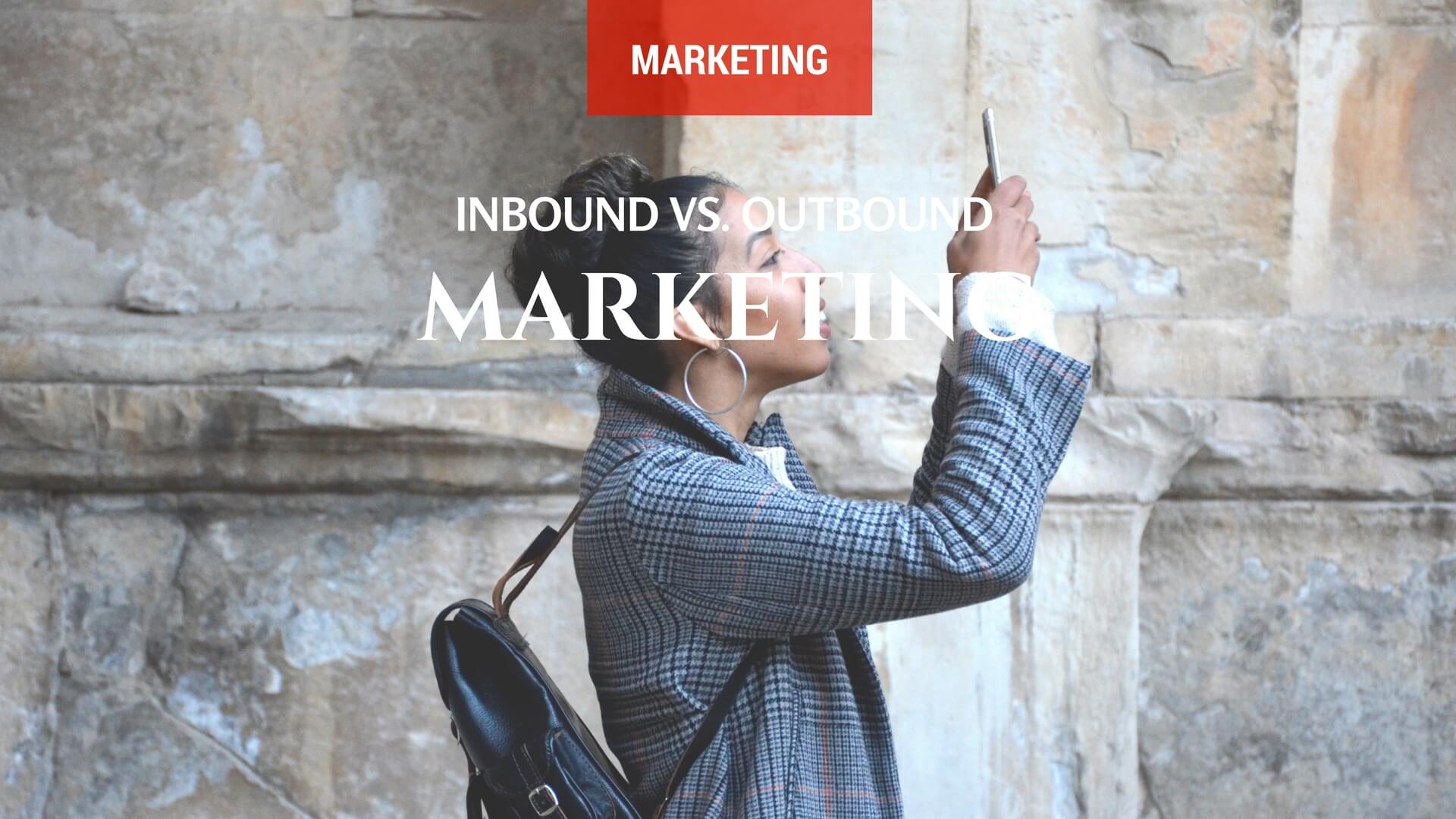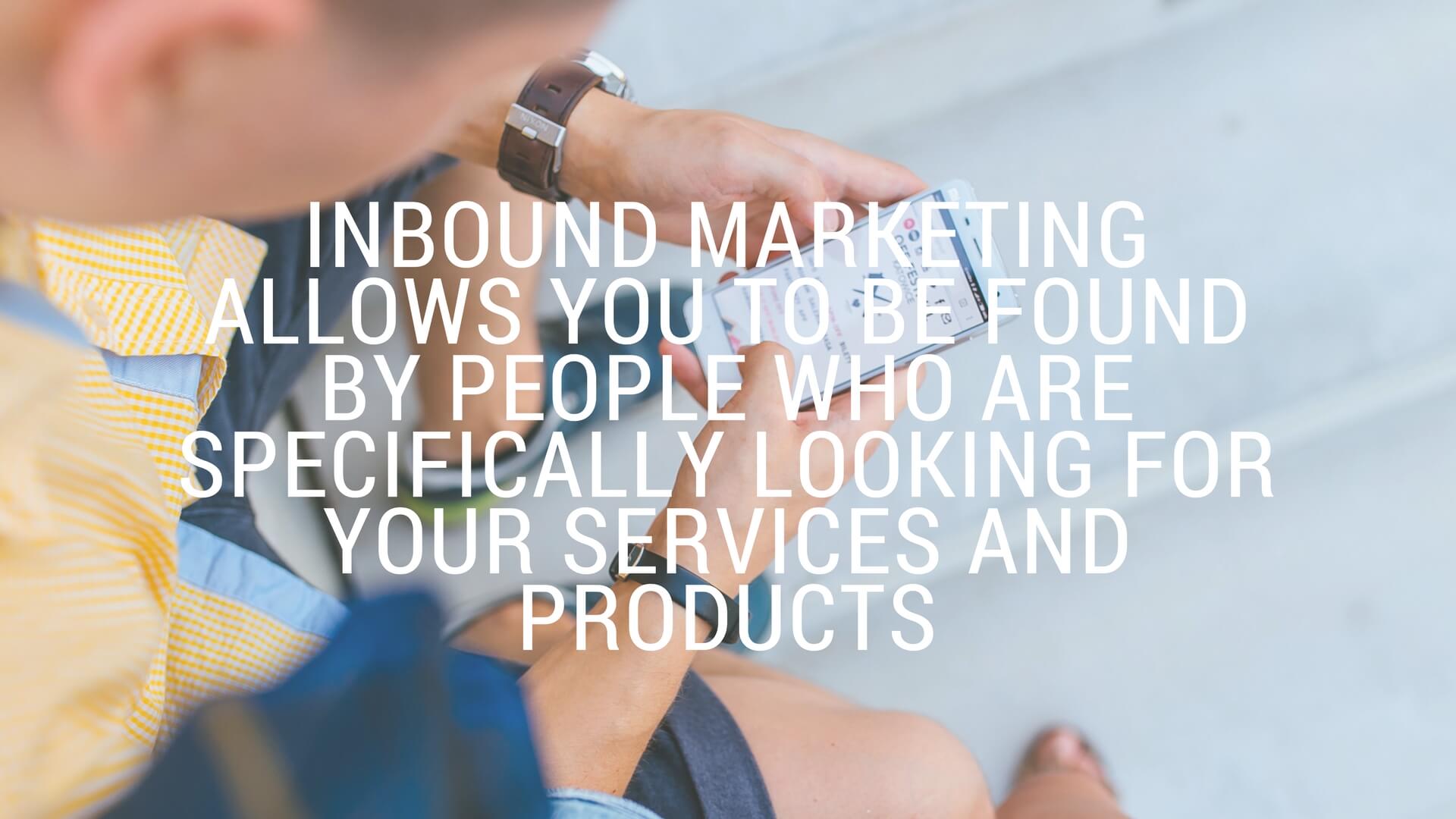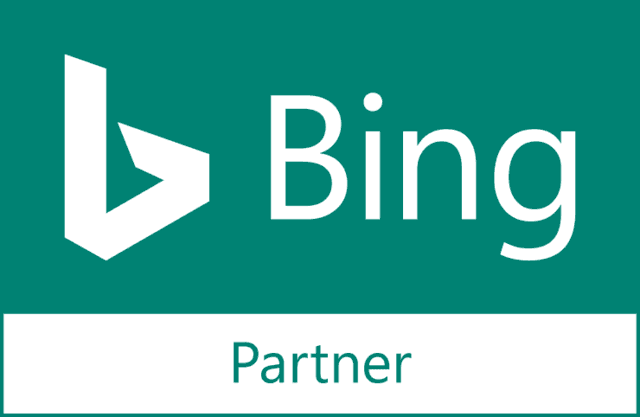A few years ago companies were betting all their cards on reaching their customers through outbound marketing. Now, we’re living in the era of inbound marketing. For every marketer, content marketing should be your priority: it attracts your most desired target to your business and makes them want you over someone else.
So, what’s the difference?

What is Outbound Marketing?
Simply put, outbound marketing is a traditional form of marketing where a company sends out a message to its audience. This could be advertisement on TV, radio or print, e-mail, cold calls and other agressive techniques. It’s harder to tack and less profitable, when compared to other forms of marketing like inbound marketing.
Companies still spend a considerate amount of their budgets on outbound marketing, however they’re drifting more towards inbound marketing over time. Outbound marketing is getting less effective over time due to the impossibly high volume of interruptions one person gets per day; and also due to the incresse of blocking techniques that literally block the information. The final reason is that outbound marketing techniques are very expensive and it’s way cheaper to create and optimize a blog than it is to create an ad on TV.
It requires that a lot of messages be pushed out through multiple channels hoping that it will reach the right person. Doesn’t this sound expensive?
What is Inbound Marketing?
Inbound marketing is the opposite of outbound marketing. It is easy to track, has a high ROI and much lower costs than outbound marketing. Instead of communicating to the masses, where a big slice of the audience doesn’t fit your target, inbound marketing allows you to be found by people who are specifically looking for your services and products.
It incorporates social media, blogging and paid online advertisement, allowing you to create a much more target oriented strategy. As people are spending more time online, it only makes sense for brands to build their online presence and organically reach their customers.
Companies are re-locating more of their marketing budgets to inbound marketing, given that it is crucial when improving their sales. However, it is highly time consuming and that’s one of the reasons why not all organizations are betting hard on it.
According to CRM Daily, “nearly half of the companies that implement inbound marketing efforts see a 25 percent greater return on investment (ROI) on those programs than companies that do not. The survey found that inbound marketing channels can deliver up to 30 times the campaign conversion rate of traditional outbound direct-mail campaigns.”

Why is Inbound Marketing much more effective?
Hubspot states that over the last 6 months companies are relying more on blogging, social media, E-mail marketing and SEO for lead generation than on outbound marketing.
If you want to cut costs and increase conversions, you should bet on inbound marketing. According to Brian Halligan, from Hubspot, “most marketers today spend 90% of their efforts on outbound marketing and 10% on inbound marketing” and those ratios need to flip.
People don’t want to receive your intrusive and annoying messages and they are starting to tune out. Inbound marketing goes directly to your target market and, with the right content strategy, you can increase your ROI in a way you couldn’t with outbound marketing.
One of the good things about inbound marketing is that it doesn’t sound like hardcore marketing. You provide quality content that serves your audience and is appealing to them, instead of being that annoying salesman that everyone despises.
So how do you move from outbound marketing to inbound marketing? Here are a few quick tips:
- Invest some (a lot) of time and effort on your website or blog. If you don’t have a blog yet, create one. And then get busy generating amazing and useful content that fit your prospects
- Do your keyword research (read more about it in this blog post). Know what your customers are searching for on search engines and in your website.
- Create campaigns on Google Adwords. Start with a Pay-Per-Click Campaign and begin experimenting with keywords and driving more traffic to your website. See how much you’ll gain in return with such little investment.
These tips are specially useful to small and new companies, that need to reach a large audience but can’t invest a lot of money in traditional marketing. It’s a learning process but you’ll get a much higher ROI by building your online presence.
Focus more on creating kickass content and being consistent with you audience. You know what they say: Content really is king.


